In Chosun Newspaper
Seoul, Korea
January, 2011
I was lucky. The timing was perfect for me. The year 2010 was a tipping point for Korea in a number of ways, and especially the fall that I decided to return: the G20 Summit in Seoul, North Korea’s attack at Yeonpyeong Island, the rise of Kim regime’s dictatorship in North Korea, and the rising conflict between China-US politics over the Korean peninsula. But on top of all those events, Korean media was about to go into a new revolution.
 In the United States, both public and private companies can request the right to have a full comprehensive broadcasting licences. A comprehensive broadcasting channel means that its comprised of all different program such as news, drama, sports, entertainment, children’s, movie, and education. In Korea, such right is not granted to private channels and only the government sponsored channels such as SBS, KBS, MBC can create such a TV schedule. The biggest reason why the Korean government has prevent such liberal action was because consider how small our country such regulation may allow certain groups to monopolize the entire media. The biggest fear, in fact, was the domination of newspaper industry into the broadcasting section. Thus, for the past centuries Korea has placed a set law that a company can do either broadcasting or newspaper but not both. And even as a broadcaster the company was allowed to focus on only one topic, such as music, film, entertainment, education, language, or religion as a cable channel.
In the United States, both public and private companies can request the right to have a full comprehensive broadcasting licences. A comprehensive broadcasting channel means that its comprised of all different program such as news, drama, sports, entertainment, children’s, movie, and education. In Korea, such right is not granted to private channels and only the government sponsored channels such as SBS, KBS, MBC can create such a TV schedule. The biggest reason why the Korean government has prevent such liberal action was because consider how small our country such regulation may allow certain groups to monopolize the entire media. The biggest fear, in fact, was the domination of newspaper industry into the broadcasting section. Thus, for the past centuries Korea has placed a set law that a company can do either broadcasting or newspaper but not both. And even as a broadcaster the company was allowed to focus on only one topic, such as music, film, entertainment, education, language, or religion as a cable channel.
As a result, the December 1st deadline was a big moment in the media world in 2010. After years of debating, the government had finally announced in 2009 that those who are interested they may submit their proposal and plan for a broadcasting channel to the government by December 1, 2010. Thus for the past year and a half, major newspaper industries such as Chosun, JongAng, Dongah, and Mekyeong newspaper has dedicated their time and effort to prepare this big chance to win a licence into the new world. There were both excitment and hesitation throughout the process. Even till the final day of the annoucement of December 31st there were constant rumors of how this will only give those major newspaper more rights to monopolize Korean’s media.
I joined the team in the last two months in which they needed to deal with foreign media representatives. About six major newspaper and three smaller groups planned to submit the proposal. So all the work and details that we were working on had to stay confidential to prevent it from being leaked to the other team. The final selection, the government said, would be based on those who record over 80 points out of 100 points. The score will not be comparison but done by case by case. Still there were concerns that no matter how much each groups has prepared the government will permit no groups to do such monopoly in the media.
Well, surprise, surprise. Despite everyone’s concern, on the last day of 2010 the government officially annouced that four newspapers have won the right to create their own comprehensive broadcasting liscence. Chosun Newspaper, of course, is one of them. I was thrilled of the news. Yet, excitment cannot last that long. The plan is big and time is ticking already. According to the plan, which has been annouced on the Chosun newspaper, Chosun plans to open their broadcasting channel by Fall 2011 and start their 24 hour channel as soon as possible. Few things to keep in mind is: a building, the staff, the supporting elements, and the time to mature. Since I have been in the process, I am pretty confident that it may all be possible. But it would be no lie to admit that this is not a easy task.
In fact, opening a new broadcasting channel brings new implication not only in the media world, to see how newspaper conquer and expand their media power in the field of broadcasting but also in society. More jobs would be created, and more spaces would be given for media development and other industries related to this field such as PR or advertisements. Yet, at the same time, you have to ask “what would this mean in Korea media?” How much investment and power are they hoping to put in the broadcasting channel compared to their newspaper? Are they planning to balance out both or just heavily on one end? If all the major Korean newspaper are doing this, how are the other smaller newspaper or media groups expected to survive? Would Korea have just four dominated opinions and lose all the smaller opinions?
It has been only three days since the announcement. There are many parts yet to be discovered. But its not too far away that such questions will be dealt. Time will tell. And hard workers will be rewarded.
(To respect the company’s confidentiality, the details of the projects will not be discussed.)

[Introducing my office. Behind the piled papers is my spot where I sat hours and hours.]

[Seeing the impact of North Korean incident. It’s not everyday how one news could take over the entire newspaper’s front page. Here it was the day after the bombing incident this was on the newspaper for days and days.
Yeongpyeong Island was haveily destroyed due to this incident and is still in recovery since this day. North Korea still argues that the South has attacked first, whiel the truth relies that they have fired two times and directed their missiles at the island where civilians live. The attack was unprepared and many were hurt and lost. What is to be expected the next day now, that is unknown. ]





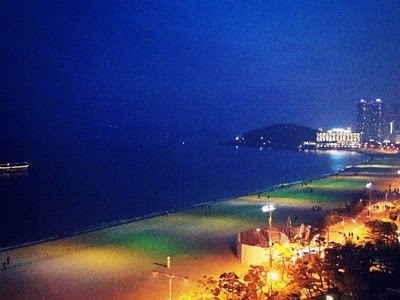
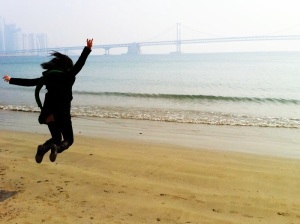






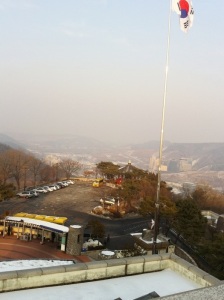

 In the middle of field
In the middle of field Incheon city harbour
Incheon city harbour 
 Incheon China Town
Incheon China Town 
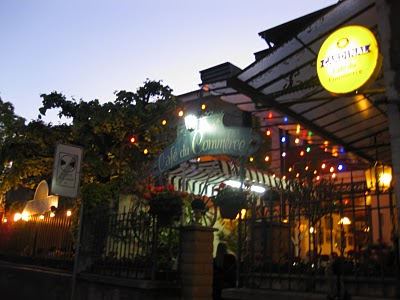
 In the United States, both public and private companies can request the right to have a full comprehensive broadcasting licences. A comprehensive broadcasting channel means that its comprised of all different program such as news, drama, sports, entertainment, children’s, movie, and education. In Korea, such right is not granted to private channels and only the government sponsored channels such as SBS, KBS, MBC can create such a TV schedule. The biggest reason why the Korean government has prevent such liberal action was because consider how small our country such regulation may allow certain groups to monopolize the entire media. The biggest fear, in fact, was the domination of newspaper industry into the broadcasting section. Thus, for the past centuries Korea has placed a set law that a company can do either broadcasting or newspaper but not both. And even as a broadcaster the company was allowed to focus on only one topic, such as music, film, entertainment, education, language, or religion as a cable channel.
In the United States, both public and private companies can request the right to have a full comprehensive broadcasting licences. A comprehensive broadcasting channel means that its comprised of all different program such as news, drama, sports, entertainment, children’s, movie, and education. In Korea, such right is not granted to private channels and only the government sponsored channels such as SBS, KBS, MBC can create such a TV schedule. The biggest reason why the Korean government has prevent such liberal action was because consider how small our country such regulation may allow certain groups to monopolize the entire media. The biggest fear, in fact, was the domination of newspaper industry into the broadcasting section. Thus, for the past centuries Korea has placed a set law that a company can do either broadcasting or newspaper but not both. And even as a broadcaster the company was allowed to focus on only one topic, such as music, film, entertainment, education, language, or religion as a cable channel.




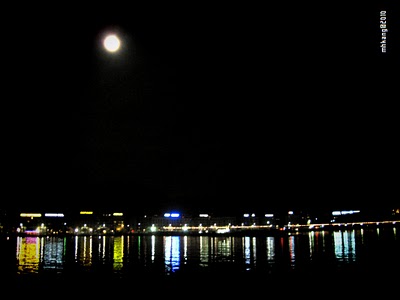

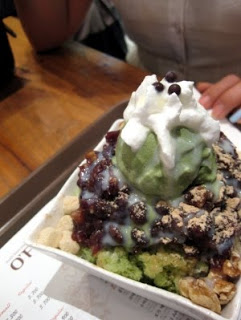
 2. Dae-chu Pat-bing su (대추 팥빙수)
2. Dae-chu Pat-bing su (대추 팥빙수)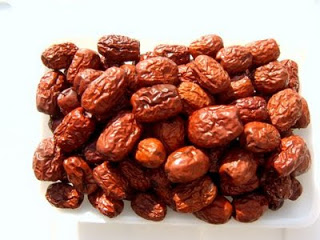 Dae Chu
Dae Chu

